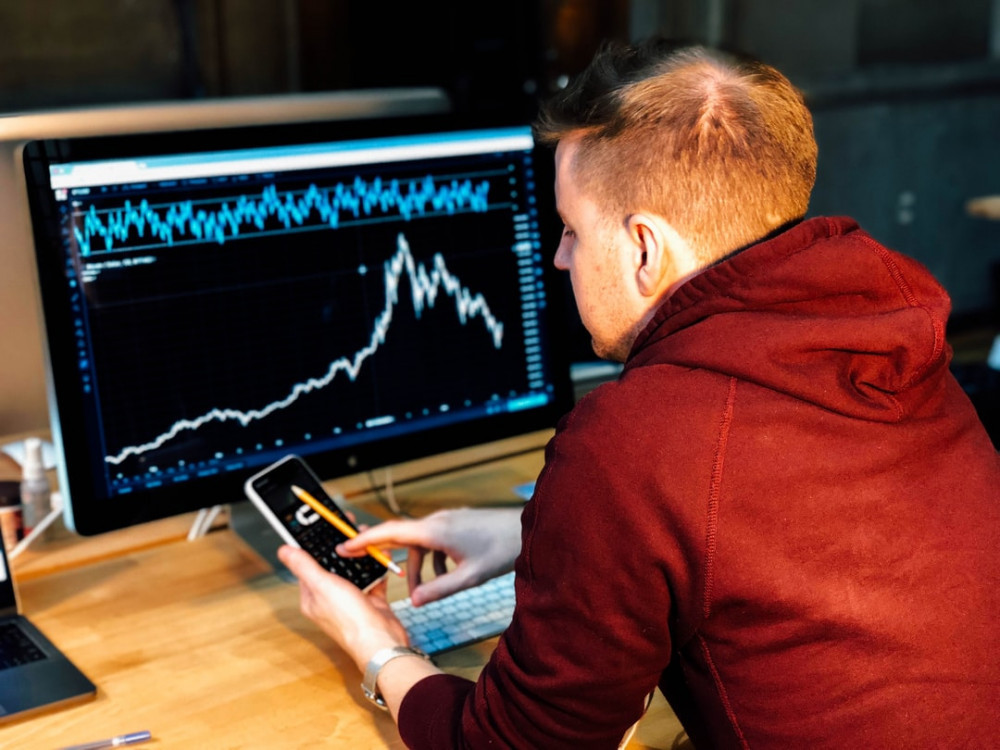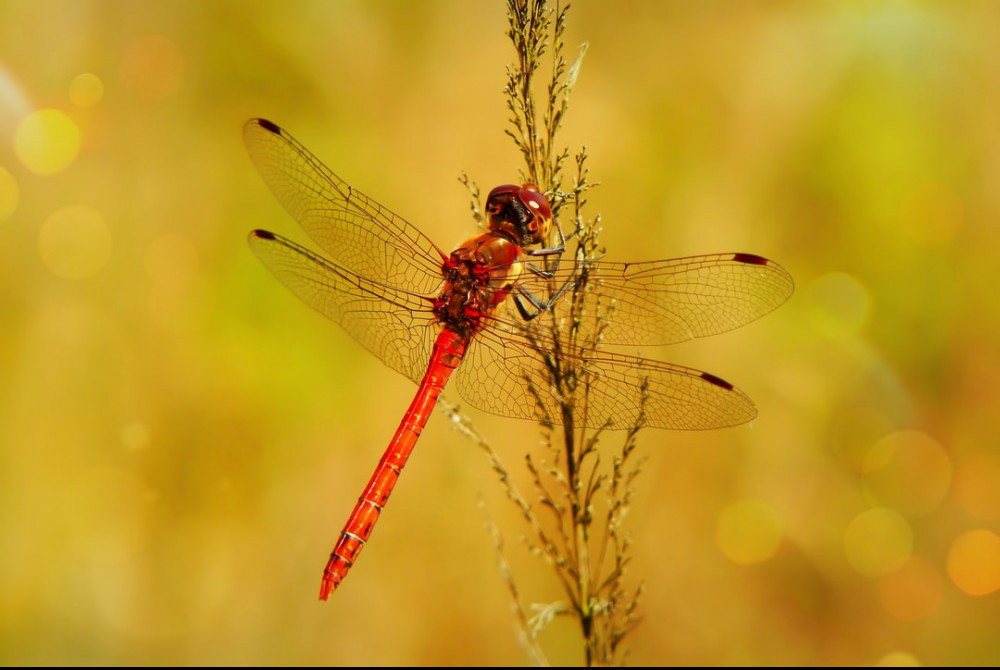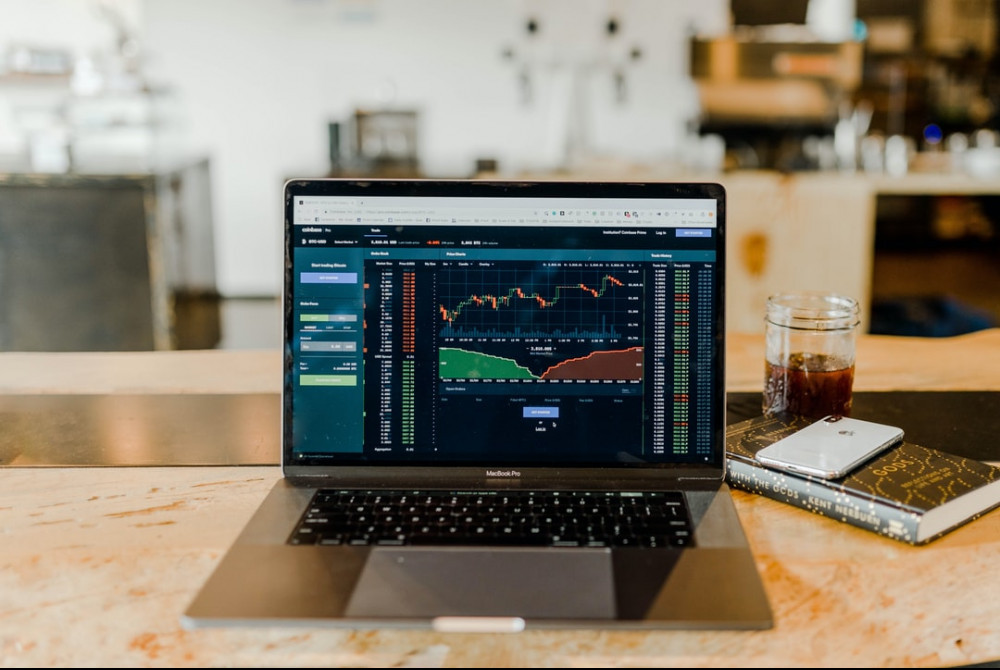Today, we’re going to take a close look at Doji candlesticks. Japanese candlestick charts are a popular tool used by traders, since candles give us a lot of information in one simple indicator. A single candle shows the relationship between the high, low, open and close for a given time period (an hour, a day, a week, a month).
Considering the length of a candle and it’s “wicks” and “tails,” along with its position on a chart, can help predict the next price move of a stock. The bottom of a green or hollow candle body (a “bullish” candle) shows the opening price, and the top shows the ending price.
Conversely, the top of a red or black candle body (a “bearish” candle) shows the opening price, and the bottom shows the ending price. Stock chart programs and websites all offer chart displays with candlestick indicators.
For an introduction to candlestick indicators, read our article: Stock Candlestick Charts: Candlesticks Aid Traders In Revealing Market Sentiment
Doji Candlestick Meaning
A special name is given to candlesticks that have short or no bodies, called “doji”. The normal classic doji looks like a “+” (plus) sign. Doji (both singular and plural is “doji”) have a wick on top and a tail on the bottom, but have a small or nonexistent body. A doji candlestick with a long tail and a long wick shows that sellers and buyers were in equilibrium.
The tail shows that during the day (assuming a day is the time frame being viewed), the bears drove the stock price down. The wick above the body indicates that buyers stepped in and drove the price higher.
A small body in the center of the vertical line created by a wick and a tail reveals that the bulls and bears battled all day, but at the end of the day, the price ended at about the same price as it opened. There was indecision, a neutral opinion by the market, and the stock did not move to the upside or downside.
If a doji appears after a period of time when a stock price has been trading in an uptrend or downtrend, the stock is taking a break and resting. This is often a time to watch for the stock to change direction, or enter a time of consolidation, where the price will move sideways for a while before breaking out with a move upward or downward.
When it does move after spending time in a sideways pattern, expect it to move in the direction it had been moving prior to the sideways trend.
A single doji candlestick at the top or bottom of a trend, however, can signal a trend reversal.
Let’s Take a Look at the Different Types of Doji Candlesticks:
A Doji With No Vertical Line
A doji generally indicates that the market sentiment toward the stock is neutral, neither leaning in one direction or the other. In the rare case when a doji simply has a small body but no wick or tail, this is the ultimate indication of indecision.
Expect the market to be quiet in the near term.
Read Also: Can Candlesticks Be Used as Stock Momentum Indicators?
Dragonfly Doji Candlestick Pattern
Spring brings out dragonflies and other insects along with bright, sunny days. A dragonfly doji gets its name because when it appears at the bottom of a downtrend, brighter days are ahead, as you can expect the stock price to turn up. Looking like a capital “T”, the dragonfly doji shows that during the session, the bears tried hard to drive the price lower, but they failed.
Be careful, however, because the long tail reveals that there are a lot of bears around. Before deciding if this is a point to enter or sell a stock, watch price movement the next day or two to confirm a predicted price direction.
Gravestone Doji Candlesticks
A “gravestone doji” looks like an upside down capital “T”. The candlestick body is very short or nonexistent, and indicates the stock closed at about the same price as it opened. The long wick, however, indicates that the bulls controlled the session, but by the end of the day, selling pressure pushed the price back down.
Look back at the recent stock price of the last few days. If the price has been on a long downtrend, or if the candlestick on the day before had a long red candle, a gravestone doji most likely indicates a bearish reversal. If the gravestone doji appears at the top of an uptrend, all hope for continued uptrend is “buried,” thus the name gravestone.
Hammer Doji Candlestick
If the body of a green candle at the top is a little taller than a normal doji, it’s given a special name, a “hammer candle”. This fairly short body with a long tail is a good indication that a current downtrend is poised for a reversal.
The bulls not only overcame the bears, but also pushed the stock higher than the open, a strong indication an uptrend could follow.
Doji Star Candlestick Pattern
The opposite of a hammer candle is the “shooting star” candle. Again, the body of the candle is taller than a normal doji. It will be red and will appear at the bottom of the candlestick with a tall wick. Here, buyers have pushed the price higher against the sellers, but the stock doesn’t make much ground to the upside.
When a shooting star forms in an uptrend, a market high has probably been reached. Watch for a reversal to the downside.
In Conclusion: Doji Candlesticks
Candlestick shapes and combinations of candles in certain patterns can give us clues as to what direction a stock price is likely to go in the near future. When you spot these formations, pay close attention for confirmation the next day or two.
In addition to doji candlesticks, learning to spot a few of the more common candlesticks and candlestick patterns can be most helpful in predicting stock moves. There are many books and YouTube tutorials on candlestick patterns that are well worth studying.





